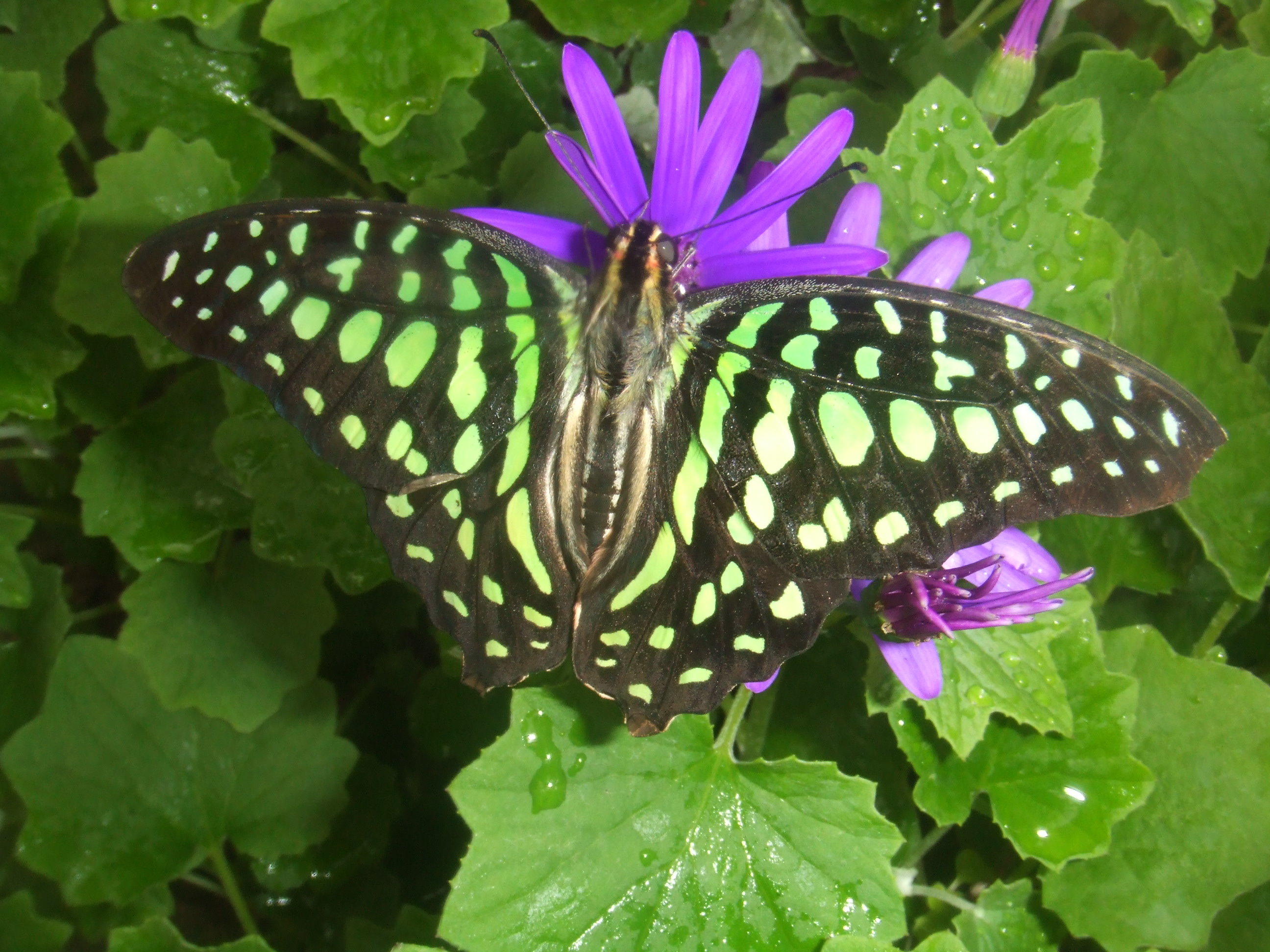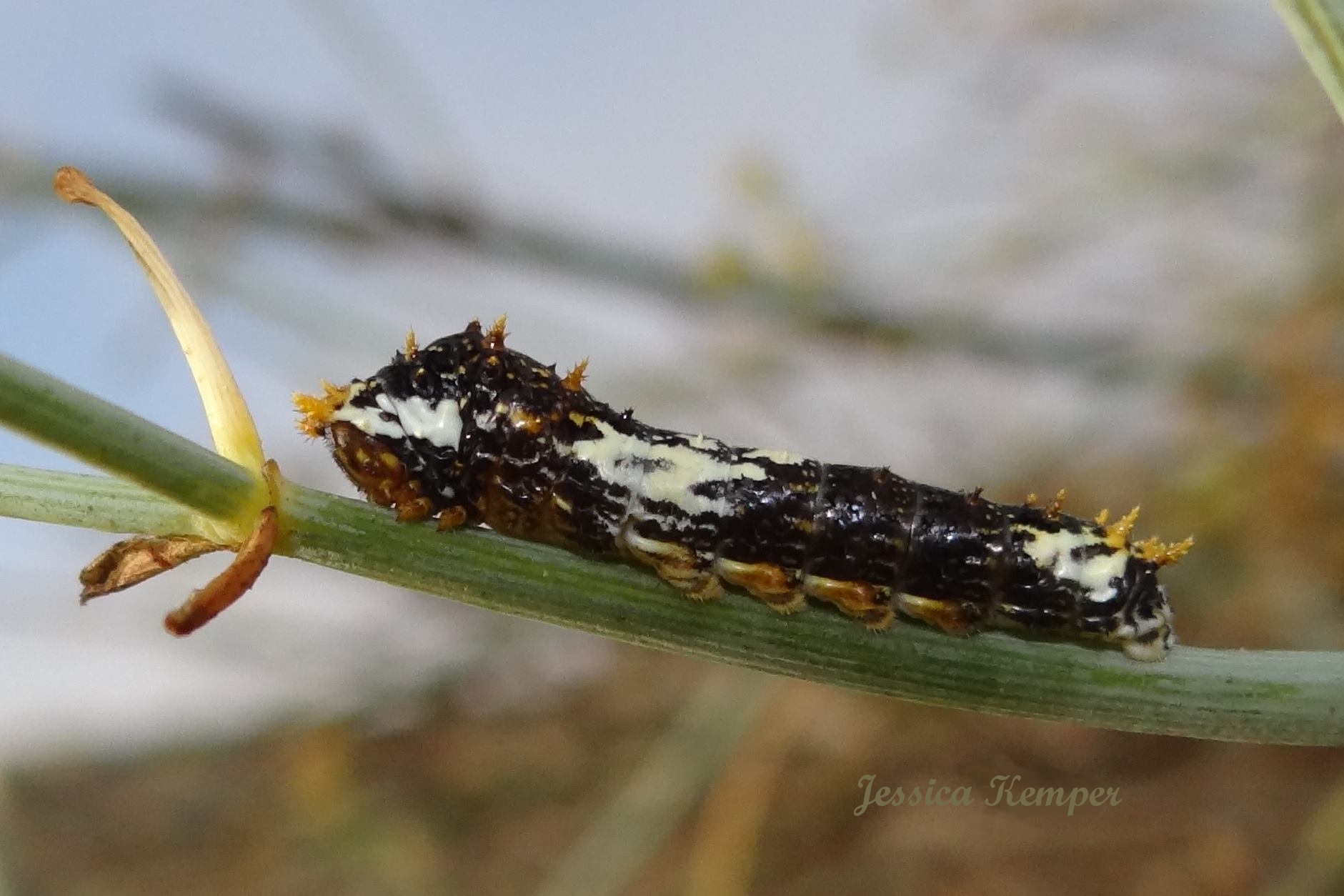|
Papilio
''Papilio'' is a genus in the swallowtail butterfly family, Papilionidae, as well as the only representative of the tribe Papilionini. The word ''papilio'' is Latin for butterfly. It includes the common yellow swallowtail (''Papilio machaon''), which is widespread in the Northern Hemisphere and the type species of the genus, as well as a number of other well-known North American species such as the western tiger swallowtail ('' Papilio rutulus''). Familiar species elsewhere in the world include the Mormons ('' Papilio polytes'', '' Papilio polymnestor'', '' Papilio memnon'', and '' Papilio deiphobus'') in Asia, the orchard and Ulysses swallowtails in Australia (''Papilio aegeus'', '' Papilio ulysses'', respectively) and the citrus swallowtail of Africa (''Papilio demodocus''). Older classifications of the swallowtails tended to use many rather small genera. More recent classifications have been more conservative, and as a result a number of former genera are now absorbed within ... [...More Info...] [...Related Items...] OR: [Wikipedia] [Google] [Baidu] |
Lepidoptera In The 10th Edition Of Systema Naturae
In the 10th edition of ''Systema Naturae'', Carl Linnaeus classified the arthropods, including insects, arachnids and crustaceans, among his class "Insecta". Butterflies and moths were brought together under the name Lepidoptera. Linnaeus divided the group into three genera – ''Papilio'', ''Sphinx'' and ''Phalaena''. The first two, together with the seven subdivisions of the third, are now used as the basis for nine superfamily names: Papilionoidea, Sphingoidea, Bombycoidea, Noctuoidea, Geometroidea, Tortricoidea, Pyraloidea, Tineoidea and Alucitoidea. Themes When naming the nearly 200 species of butterflies known to him at the time, Linnaeus used names from classical mythology as specific names. These were thematically arranged into six groups, and were drawn from classical sources including the ''Fabulae'' of Gaius Julius Hyginus and Pliny the Elder's ''Naturalis Historia''. The first such group was the ''Equites'', or knights, which were divided into the ''Equites Troja ... [...More Info...] [...Related Items...] OR: [Wikipedia] [Google] [Baidu] |
Papilio Machaon
''Papilio machaon'', the Old World swallowtail, is a butterfly of the family Papilionidae. The butterfly is also known as the common yellow swallowtail or simply the swallowtail (a common name applied to all members of the family, but this species was the first to be given the name). It is the type species of the genus '' Papilio''. This widespread species is found in much of the Palearctic (it is the only swallowtail in most of Europe) and in North America. Etymology This species is named after Machaon ( grc, Μαχάων, Makháōn) a figure in Greek mythology. He was a son of Asclepius. Taxonomy ''Papilio machaon'' was named by Carl Linnaeus in the 10th edition of ''Systema Naturae'' in 1758, alongside nearly 200 other species of butterfly. Later, Pierre André Latreille designated it as the type species of the genus '' Papilio''. ''Papilio appalachiensis'' and ''Papilio xuthus'' are also of the same genus. The specific epithet ' refers to Machaon, son of Asclepius in the ... [...More Info...] [...Related Items...] OR: [Wikipedia] [Google] [Baidu] |
Papilionidae
Swallowtail butterflies are large, colorful butterflies in the family Papilionidae, and include over 550 species. Though the majority are tropical, members of the family inhabit every continent except Antarctica. The family includes the largest butterflies in the world, the birdwing butterflies of the genus '' Ornithoptera''. Swallowtails have a number of distinctive features; for example, the papilionid caterpillar bears a repugnatorial organ called the osmeterium on its prothorax. The osmeterium normally remains hidden, but when threatened, the larva turns it outward through a transverse dorsal groove by inflating it with fluid. The forked appearance in some of the swallowtails' hindwings, which can be seen when the butterfly is resting with its wings spread, gave rise to the common name ''swallowtail''. As for its formal name, Linnaeus chose '' Papilio'' for the type genus, as ''papilio'' is Latin for "butterfly". For the specific epithets of the genus, Linnaeus ap ... [...More Info...] [...Related Items...] OR: [Wikipedia] [Google] [Baidu] |
Papilio Demodocus
''Papilio demodocus'', the citrus swallowtail or Christmas butterfly, is a swallowtail butterfly which commonly occurs over the entirety of sub-Saharan Africa, including Madagascar, besides the southern Arabian Peninsula. The caterpillars feed on various native plants of especially the family Rutaceae, but have also taken to the leaves of cultivated citrus trees. Life cycle Citrus swallowtails pass through approximately three generations per year. Eggs Female butterflies lay their eggs singly on citrus leaves. After about six days, the egg hatches into an immature larva. Immature larva The immature larvae are black, yellow, and white with spikes. Their coloration provides effective camouflage, as they resemble bird droppings. They grow to a length of 10 or 15 mm before changing into mature larvae. Mature larva Mature larvae are green with white or pink markings and eyespots. They grow to a maximum length of about 45 mm. Mature caterpillars lack the camouflage of ... [...More Info...] [...Related Items...] OR: [Wikipedia] [Google] [Baidu] |
Papilio Aegeus
''Papilio aegeus'', the orchard swallowtail butterfly or large citrus butterfly is a species of butterfly from the family Papilionidae, that is found in eastern Australia and Papua New Guinea. The larvae of this species are sometimes considered a pest, due to their feeding on citrus leaves in suburban gardens. Description Both male and female have black forewings with a white stripe, though there is more white overall on the female forewing. The hindwing is again black, and there is a white swath through the middle. Here the markings differ in that the female has chains of red to orange and blue crescents toward the edge. The markings on the underside are similar to those on top. The body is black. The wingspan is about in females and in males, making it rather large overall and the largest butterfly commonly seen in at least part of its range. Despite being a swallowtail, which group derives its name from the distinctive tails on the hindwing, this characteristic is entirely ... [...More Info...] [...Related Items...] OR: [Wikipedia] [Google] [Baidu] |
Papilio Polytes
''Papilio polytes'', the common Mormon, is a common species of swallowtail butterfly widely distributed across Asia. This butterfly is known for the mimicry displayed by the numerous forms of its females which mimic inedible red-bodied swallowtails, such as the common rose and the crimson rose. Names The common name is an allusion to the polygamy formerly practiced by members of the Mormon sect according to Harish Gaonkar, of the Natural History Museum in London: The scientific name is constructed from the Latin word for butterfly, ''papilio'', and the Greek word for many, ''poly''. Range Pakistan, India, Bangladesh, Nepal, Sri Lanka, Maldives, Myanmar, Thailand, Singapore, southern and western China (including Hainan and Guangdong provinces), Taiwan, Hong Kong, Japan (Ryukyu Islands), Vietnam, Laos, Cambodia, Andamans, Nicobars, eastern and Peninsular Malaysia, Brunei, Indonesia (except Moluccas and Irian Jaya), Philippines, and Northern Marianas (Saipan). Status Very ... [...More Info...] [...Related Items...] OR: [Wikipedia] [Google] [Baidu] |
Butterfly
Butterflies are insects in the macrolepidopteran clade Rhopalocera from the order Lepidoptera, which also includes moths. Adult butterflies have large, often brightly coloured wings, and conspicuous, fluttering flight. The group comprises the large superfamily Papilionoidea, which contains at least one former group, the skippers (formerly the superfamily "Hesperioidea"), and the most recent analyses suggest it also contains the moth-butterflies (formerly the superfamily "Hedyloidea"). Butterfly fossils date to the Paleocene, about 56 million years ago. Butterflies have a four-stage life cycle, as like most insects they undergo complete metamorphosis. Winged adults lay eggs on the food plant on which their larvae, known as caterpillars, will feed. The caterpillars grow, sometimes very rapidly, and when fully developed, pupate in a chrysalis. When metamorphosis is complete, the pupal skin splits, the adult insect climbs out, and after its wings have expanded and dried, ... [...More Info...] [...Related Items...] OR: [Wikipedia] [Google] [Baidu] |
Papilio Deiphobus
''Papilio deiphobus''''Papilio deiphobus'' funet.fi is a species of swallowtail butterfly in the Papilioninae subfamily. It is found from the Mollucas to Sulawesi in . The |
Papilio Memnon
''Papilio memnon'', the great Mormon, is a large butterfly native to southern Asia that belongs to the swallowtail family. It is widely distributed and has thirteen subspecies. The female is polymorphic and with mimetic forms. Range Its range includes north-eastern India (including Sikkim, Assam and Nagaland), Nepal, Bangladesh, Myanmar, Nicobar Islands, Andaman Islands (stragglers only), western, southern and eastern China (including Hainan), Taiwan, southern Japan including Ryukyu Islands, Thailand, Laos, Vietnam, Kampuchea, Malaysia and Indonesia (Sumatra, Mentawai Islands, Nias, Batu, Simeulue, Bangka, Java, Kalimantan and the Lesser Sunda Islands). Status This species is common and not threatened. The cultivation of citrus all over Southern Asia provides an abundance of food plants. Description and polymorphy The butterfly is large with a span. It has four male and many female forms, the females being highly polymorphic and many of them being mimics of unpalatable ... [...More Info...] [...Related Items...] OR: [Wikipedia] [Google] [Baidu] |
Papilio Polymnestor
''Papilio polymnestor'', the blue Mormon, is a large swallowtail butterfly found in south India and Sri Lanka. It is the "state butterfly" of the Indian state of Maharashtra. With a wingspan of 120–150 mm, it is the fourth largest butterfly of India. Description Males have the upper wings rich velvety black. The forewing has a postdiscal band composed of internervular broad blue streaks gradually shortened and obsolescent anteriorly, not extended beyond interspace 6. The hindwing has the terminal three-fourths beyond a line crossing the apical third of the cell pale blue, or greyish blue, with superposed postdiscal, subterminal and terminal series of black spots—the postdiscal spots elongate, inwardly conical; the subterminal oval, placed in the interspaces, the terminal irregular, placed along the apices of the veins and anteriorly coalescing more or less with the subterminal spots. The underside is black with and on the base of the cell in the forewing is an elongate spo ... [...More Info...] [...Related Items...] OR: [Wikipedia] [Google] [Baidu] |
Papilio Ulysses
''Papilio ulysses'', the Ulysses butterfly (also commonly known as the Blue emperor), is a large swallowtail butterfly of Australia, Indonesia, Papua New Guinea and the Solomon Islands. Its size varies depending on subspecies, but the wingspan is about in Queensland. This butterfly is used as an emblem for tourism in Queensland, Australia. Description The Ulysses butterfly typically has a wingspan of about , but depending on subspecies has some variations in size (western subspecies largest). The upperside of the wings are an iridescent electric blue; the underside is a more subdued black and brown. The colours are produced by the microscopic structure of the scales, a phenomenon called structural colouration.P. Vukusic, J. R. Sambles, C. R. Lawrence, R. J. Wootton (2001) Sculpted-multilayer optical effects in two species of Papilio butterfly. Applied Optics 40:1116-1125 The female of the species is different from the male in that she has little crescents of blue in the ... [...More Info...] [...Related Items...] OR: [Wikipedia] [Google] [Baidu] |
Papilio Rutulus
''Papilio rutulus'', the western tiger swallowtail, is a swallowtail butterfly belonging to the ''Papilionidae'' family. The species was first described by Hippolyte Lucas in 1852. Like the other tiger swallowtails, the western tiger swallowtail was formerly classified in genus ''Pterourus'', but modern classifications all agree in placing them within ''Papilio''. Distribution This common species is present in western North America. The normal range of the western tiger swallowtail covers much of western North America, from British Columbia to North Dakota in the north to Baja California and New Mexico in the south. Individuals occasionally turn up east of this range; in eastern North America, though, it is replaced by the similar eastern tiger swallowtail, ''Papilio glaucus''. Habitat These butterflies are frequently seen in urban parks and gardens, as well as in rural woodlands and riparian areas. Description ''Papilio rutulus'' can reach a wingspan of . These large butte ... [...More Info...] [...Related Items...] OR: [Wikipedia] [Google] [Baidu] |





_male_in_flight.jpg)
.jpg)
